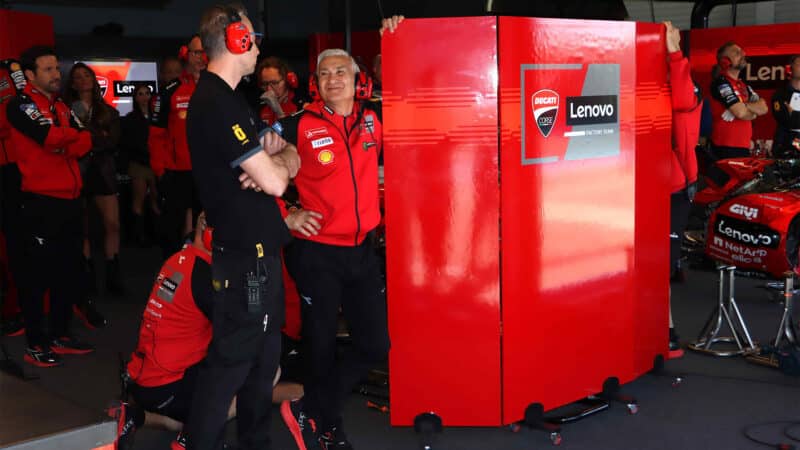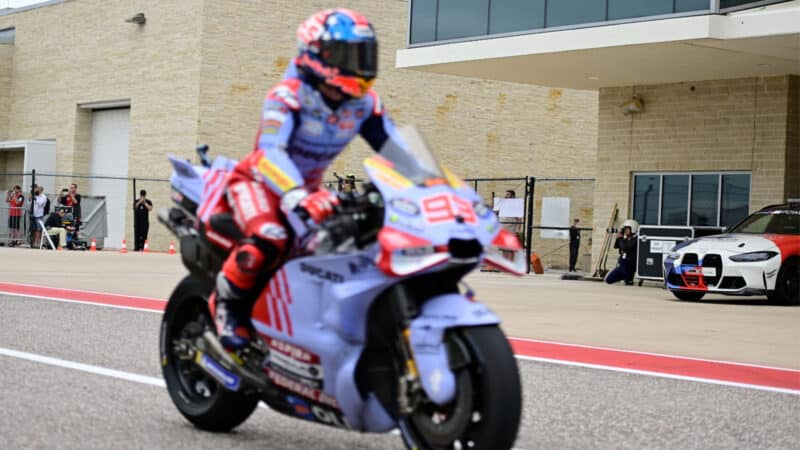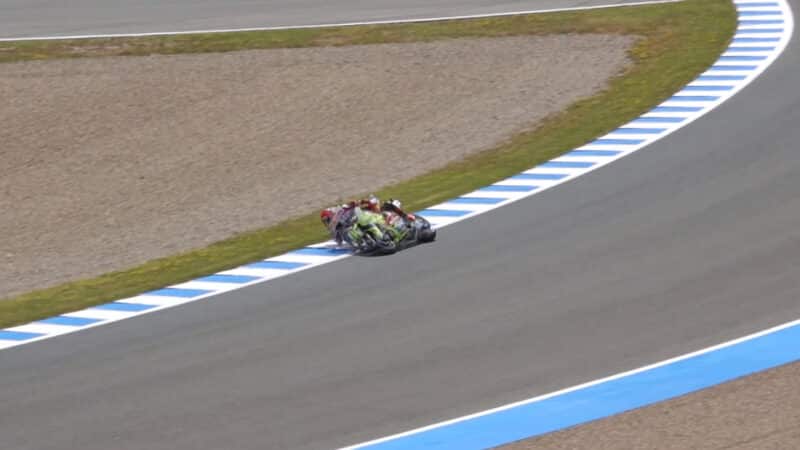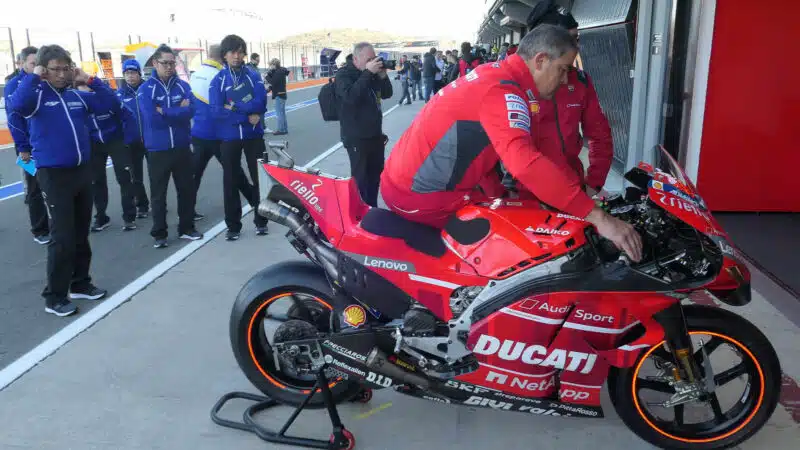Of course, it works both ways.
The biggest motor sport espionage story of all time happened three decades earlier when Suzuki stole the most important racing information of that time.
Ducati, Honda and MV Agusta raced four-strokes, because that’s what you needed to win a world title in those days. But then the struggling MZ marque – run under the ever-seeing eye of the Communist East German regime – started winning grands prix with its game-changing two-strokes.
Suzuki also raced two-strokes, because (unlike Honda) it sold two-stroke road bikes, but it didn’t have a clue how to extract GP-winning performance from the trickiest of internal-combustion engines.
So Suzuki stole MZ’s two-stroke secrets. It paid MZ’s number-one rider, Ernst Degner, a small fortune to defect, bringing with him MZ parts, drawings and his own expertise.
Suzuki used this information to win its first world championship the very next year (also the two-stroke’s first world title). In 1976 Barry Sheene won Suzuki’s first MotoGP championship aboard an RG500, a square-four two-stroke which was essentially four MZ 125cc engines in a square format.

Tardozzi is grinning because he spotted me trying to photograph Bagnaia’s stripped GP24 and jumped into the space between the wall and the kneeling mechanic working on the bike
Oxley
In recent years MotoGP spy tech has reached by far its highest level.
Videometry software – sometimes called ghost or overlay software – is now a standard feature of factory and team data streams. These videos are shot around tracks on static camera mounts, so teams can compare machine dynamics and riding techniques down to a few millimetres and both adjust their machines and riding techniques accordingly and build computer models. Audio inputs also help, revealing engine firing configurations, rpm, gear position and so on.
An imaginary conversation inside the VR46 garage…
‘Hey, Diggia, you should be 15 centimetres further onto the inside kerb at Turn 7, and try fourth there instead of third, then a metre to the inside of your normal line when you hit the brakes for 9.’
Of course, there are other ways of extracting knowledge from rival factories – manufacturers buy their best engineers, which is why KTM and Yamaha hire people from Ducati, who bring their intellects with them and also all the knowhow they’ve learned in recent years.
So, yeah, a bit of LiDAR scanning in pit lane isn’t a big deal.





